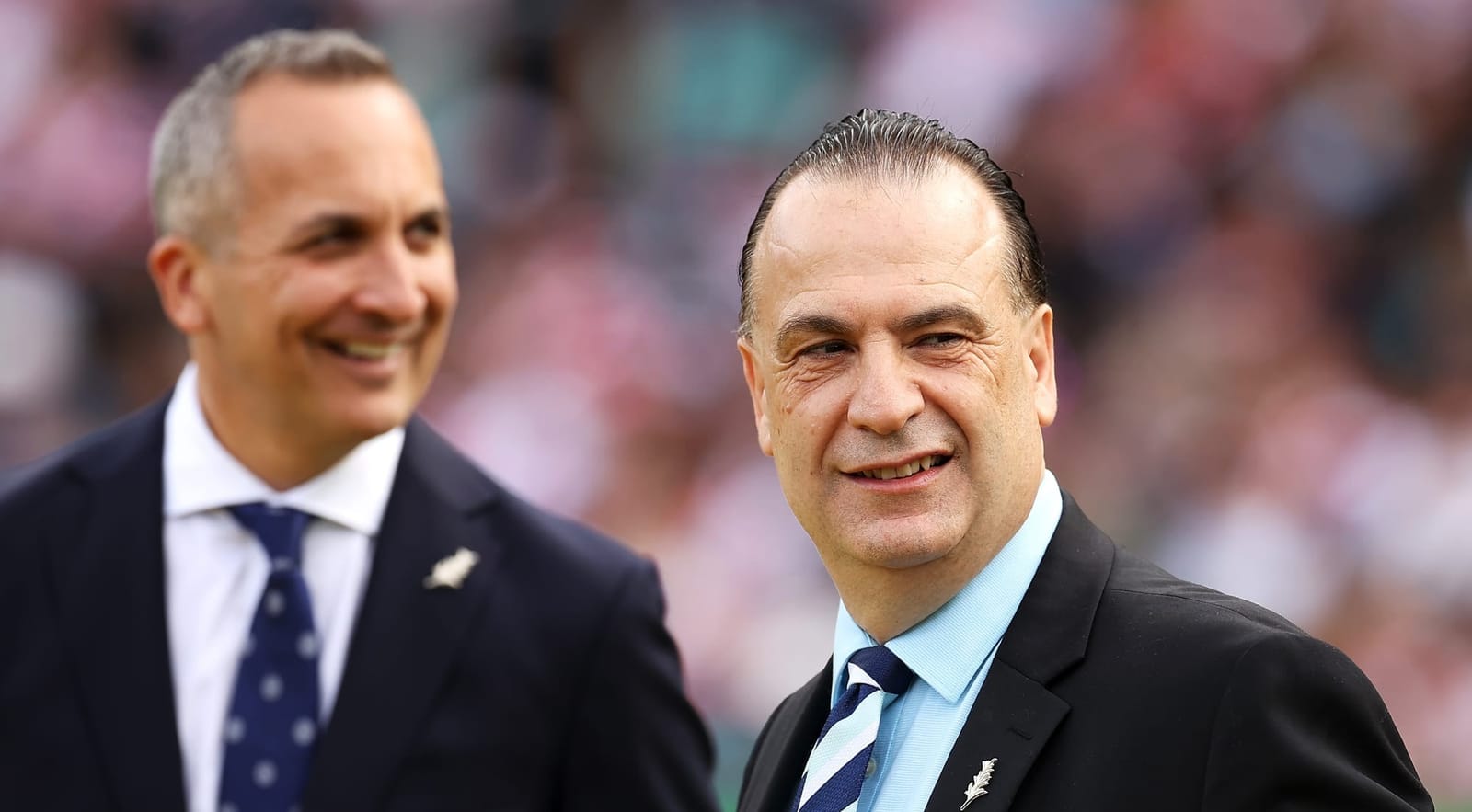A succession of big breaking stories at the tail-end of 2023, set up 2024 as a big one for news across the racing industry. We’ve taken a look at what we think will be the five most significant stories impacting racing in the New Year.
NSW's $5 billion question as ATC's Rosehill sale put under the microscope
The announcement that the Australian Turf Club (ATC) had signed a memorandum of understanding with the NSW state government to redevelop Rosehill into housing was a bolt from the blue for the industry.
ATC chair Peter McGauran, at a press conference with Premier Chris Minns, spoke as if it was a done deal and has since described the sale as “very likely”.
But there is plenty of work to be done in the coming 12 months to see if the potential deal stacks up. Already there is plenty of scepticism as to whether the $5 billion the ATC touted could flow back to racing is a realistic figure.
From the details in the public domain, it appears that, rather than selling the land directly, the ATC would be involved in joint ventures with developers. While this may drive increased returns in the long term, it also exposes the club to far more risk, with the potential for development costs, especially those around the infrastructure needed for more than 20,000 homes, to balloon.
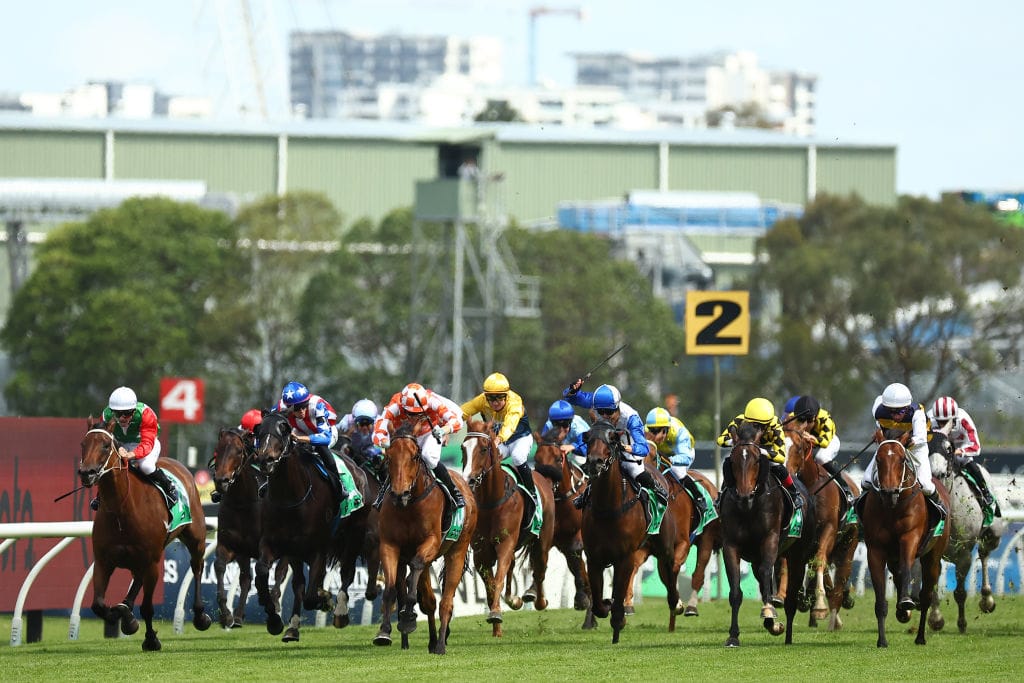
During the announcement, the ATC said the sale of Rosehill would fund the building of a new racecourse, the redevelopment of both Canterbury Park and Warwick Farm and the building of a state-of-the-art training centre at Horsley Park.
There will be plenty of questions on how this can be achieved, especially finding a site for a new track.
The ATC constitution also requires the sale of such an asset to be supported by a vote of the club’s 12,000 members. With that in mind, 2024 will be a busy time for those working on this project.
Leadership issues run deeper than Racing Victoria's board room
There remains a great deal of uncertainty at Racing Victoria as we head into 2024. This is an organisation that has had an interim chair since July, when Brian Kruger departed.
With stand-in Mike Hirst telling people he doesn’t want the role, it seems certain there will be a new head to the racing authority.
But the change may not end there. On the eve of the spring carnival a number of the stakeholder groups that are recognised in RV’s constitution - including the Victoria Racing Club, Moonee Valley, and the associations for owners, trainers, breeders and bookmakers - wrote a letter calling for an extraordinary general meeting, to bring about significant change in the boardroom.
That letter also stated that participants had lost confidence in the leadership of the executive team, led by chief executive Andrew Jones.
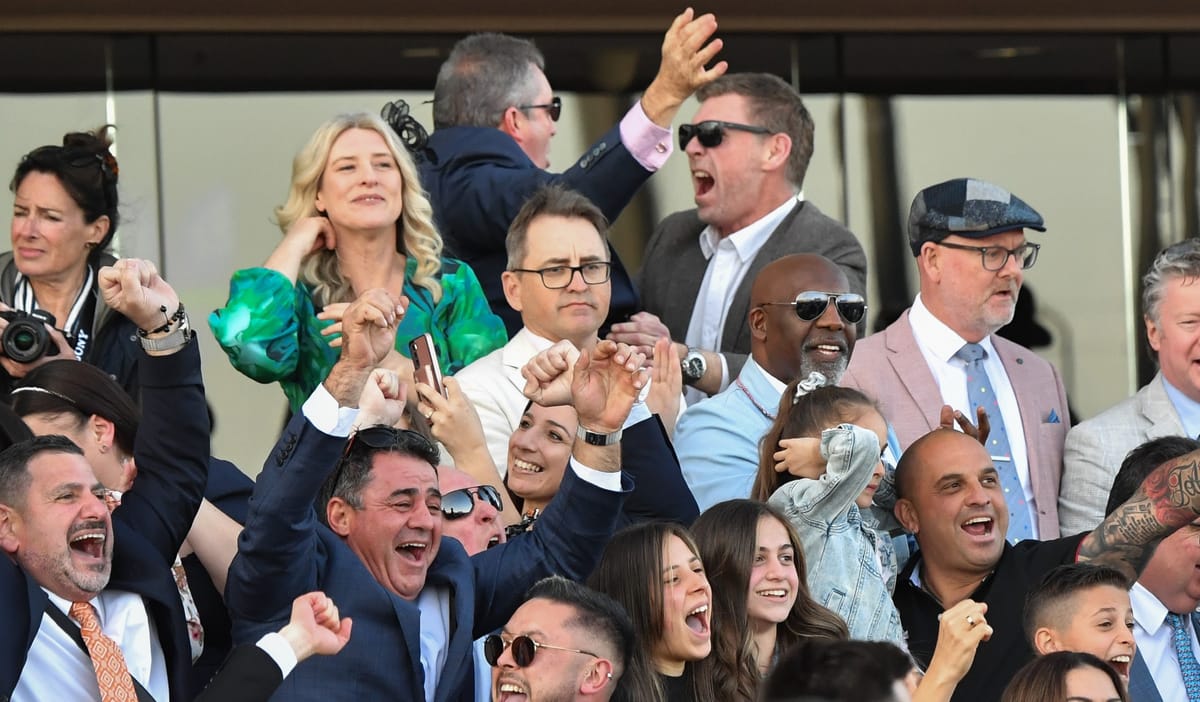
Ultimately, the letter was never delivered to the Victorian racing minister, Anthony Carbines, with sources telling The Straight that the stakeholders were persuaded to wait until the end of the spring carnival before raising their demands for action.
The government has advertised for a new board member to take up Kruger’s vacant spot, but the candidates unearthed in this process could be used to fill several directors’ positions.
Stakes are high - declining turnover puts pressure on prizemoney levels
Wagering on racing has been falling from its post-COVID boom across the country. For example, this year’s spring carnival in Melbourne saw year-on-year turnover drop 12 per cent.
While Racing Victoria is keen to point out this year’s figure was still 14 per cent higher than pre-COVID in 2019, the general decline does raise questions about the sustainability of current prizemoney levels.
In 2024 there will be some 95 races worth $1 million or more, the equivalent of one such race every 3.8 days. If you go back to 2020, that number was 52, which is quite some increase.
While the intense rivalry between NSW and Victoria has driven much of this upward trajectory that also puts pressure on Queensland to keep increasing stakes, it also makes cutting prizemoney politically difficult for racing leaders in those states.

One of the more intriguing lines to come out of the Rosehill announcement was ATC chair Peter McGauran justifying the potential sale by saying the club needed to spend $12 million a year on infrastructure upgrades, but could only afford $3 million currently.
Given the ATC will host five races in 2024 that have a combined value of $45 million in prizemoney - The Everest, Golden Eagle, Golden Slipper, Queen Elizabeth Stakes and King Charles Stakes - his comments left some confused as to why they can’t afford to upkeep their facilities.
Is this a sign that prizemoney needs to be reined in, or just that the ATC needs a better funding model? If wagering continues to fall then one of NSW or Victoria may have to blink first and make cuts.
Size matters for mega stables in a bid to expand their foothold
When it comes to trainers, the big keep getting bigger and this is a trend that shows no sign of stopping.
In the most recent completed racing season, Ciaron Maher and David Eustace won 347 races across the country and some $36.8 million in prizemoney. This saw the pair crowned Australian champion trainer (decided on winners), ahead of Chris Waller, who held the title in the previous four seasons.
But don’t feel too sorry for Waller. While lagging behind Maher/Eustace with 292 winners nationwide, his horses banked an impressive $45.6 million.
The announcement that David Eustace will be heading to Hong Kong to take up training may slow the trajectory of Ciaron Maher Racing in the short term, but the stable has grown its number of winners in each of the past four seasons, from 273 in 2019/20.
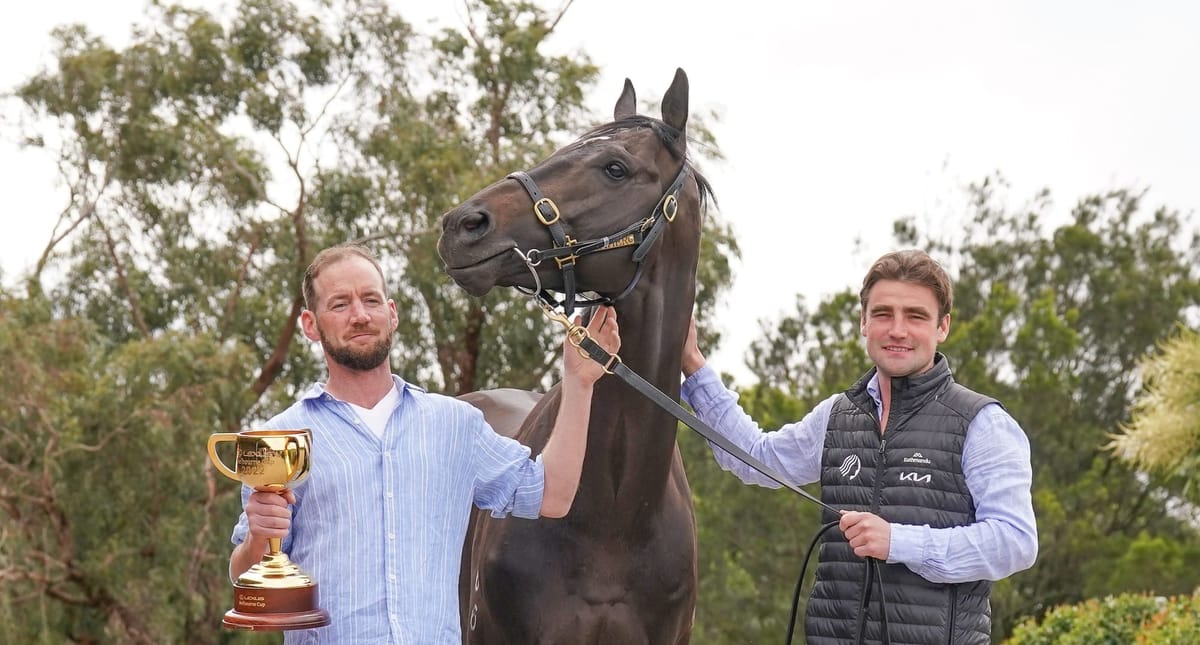
In terms of overall numbers of runners, Waller led the way with 2316, while Maher/Eustace had 1890. The record number of runners recorded was Darren Weir’s 3177 in the 2017/18 season and it’s worth noting that, besides Waller and Weir, the only trainer to have more than 2000 race starters in Australian racing history was John Hawkes in the early 2000s.
The barometer of the growth in stable size is the fact that in Waller’s first season as champion (2012/13) he did so with just 1376 starters.
It will be interesting to watch the growth in stable size in 2024, with Waller hinting recently he may take more boxes in Victoria, while Maher will have to rearrange his team in the absence of Eustace.
Who follows Russell Balding as new Racing NSW chair?
When NSW racing minister David Harris told the Daily Telegraph on November 13 that the state government would extend the term of Russell Balding, it appeared a done deal that he would get two more years as chair of the state racing authority.
What followed, however, surprised even the most seasoned observers in Sydney racing.
Firstly, Katie Page-Harvey, chief executive of Harvey Norman and owner of Magic Millions, came out publicly against the extension, quickly followed by similar statements from Gai Waterhouse and Arrowfield Stud owner John Messara.
Two weeks of intensive lobbying - both for and against Balding - culminated in a chaotic night in the state parliament, when the Labor government withdrew the legislation needed for the extension, after amendments were passed that would have provided more scrutiny of Racing NSW.
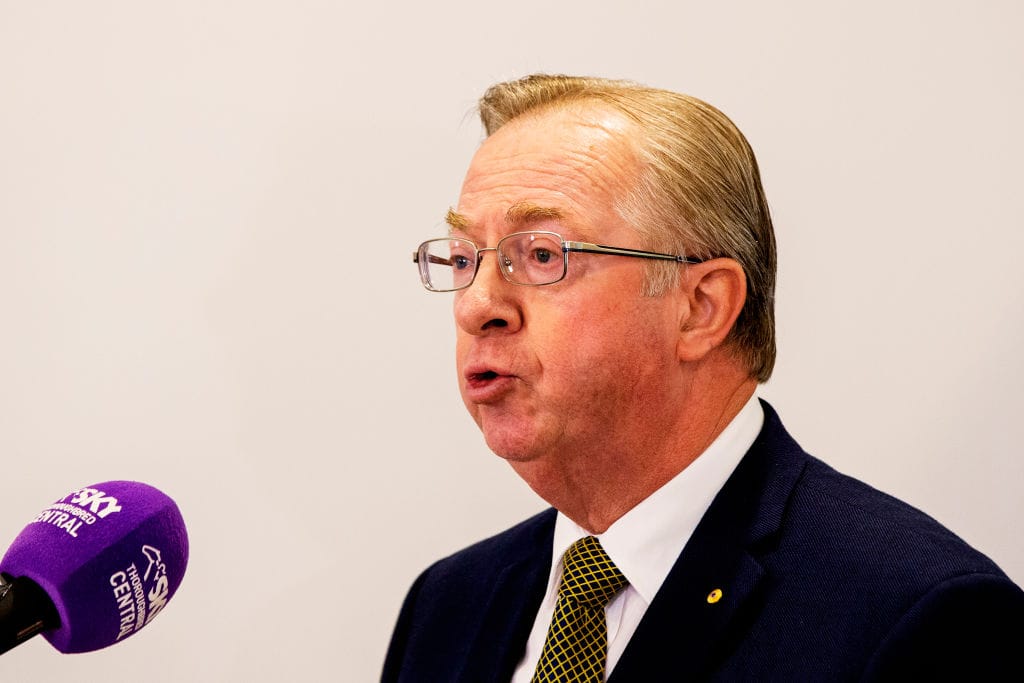
For the government, it was an embarrassing backdown, and it was also a rare public setback for Racing NSW boss Peter V’landys, who was personally lobbying politicians in the hours before the vote.
But who comes next? The government has one new director to appoint and must also choose a new chairman, who may or may not already be on the board. Given the furore over Balding, there will be plenty of scrutiny on the process, which will likely wrap up in late January.
A new chair - especially one from outside the current directors - may set a new direction for NSW in 2024.

